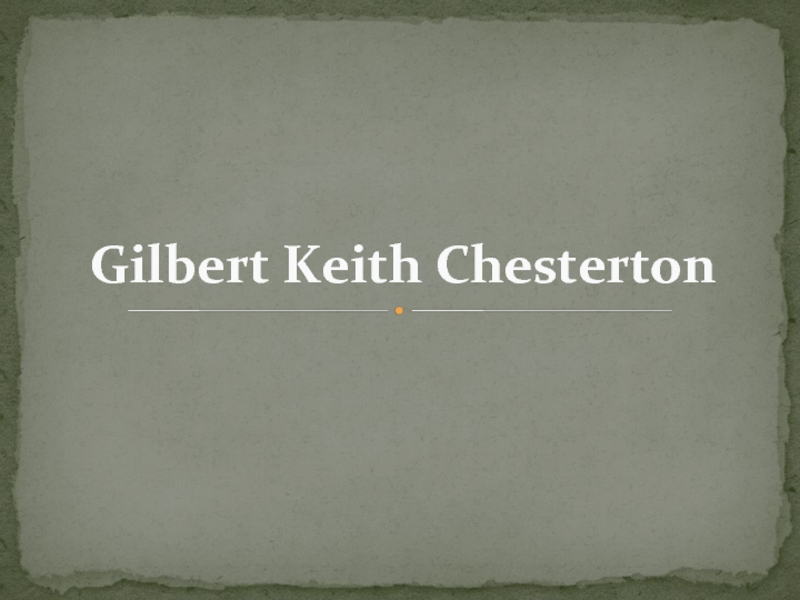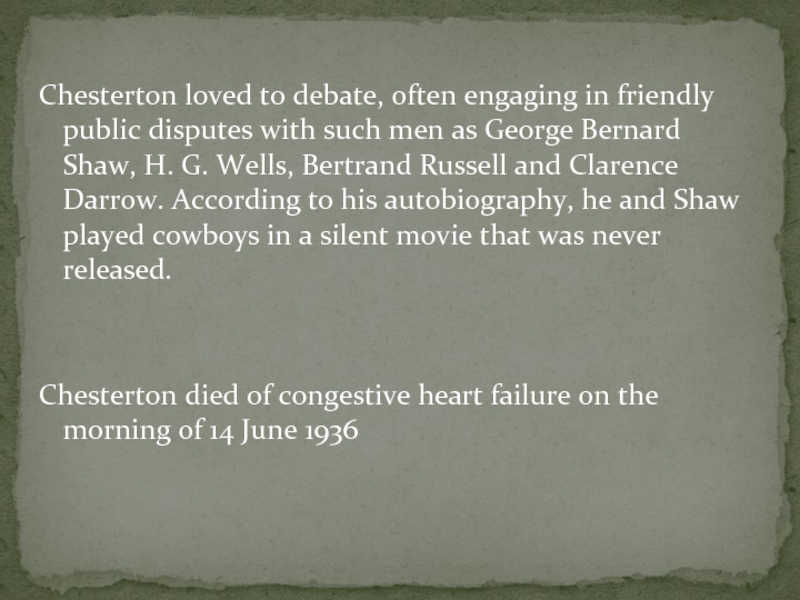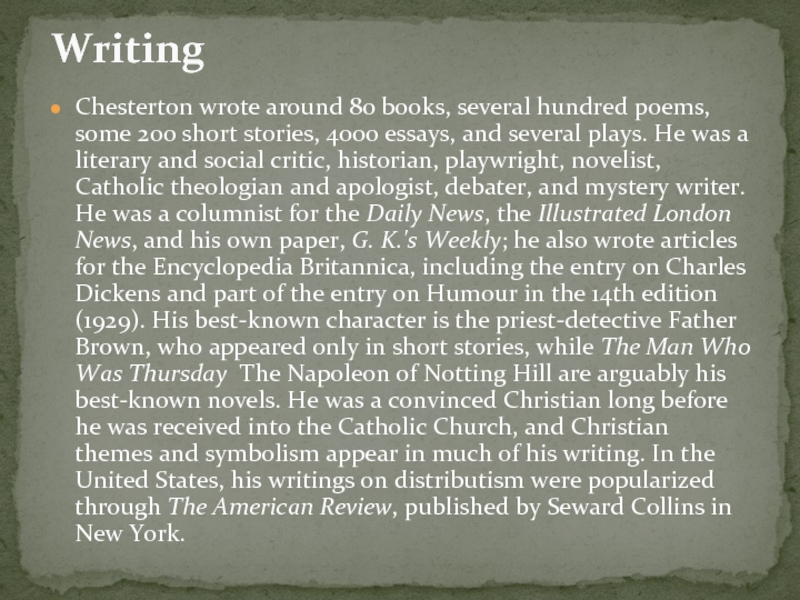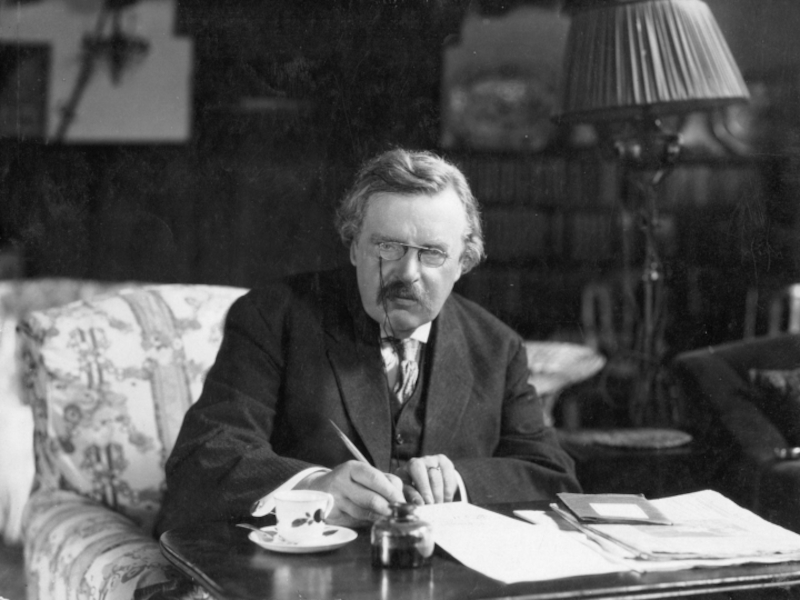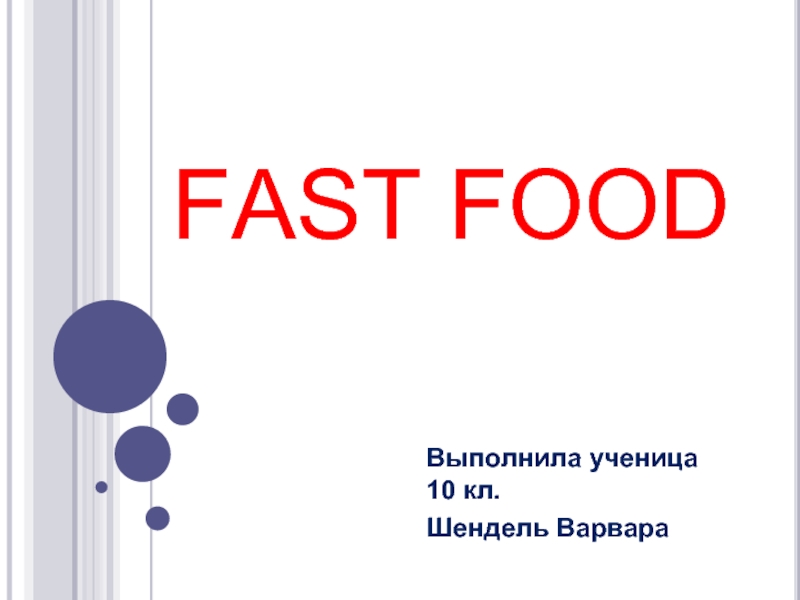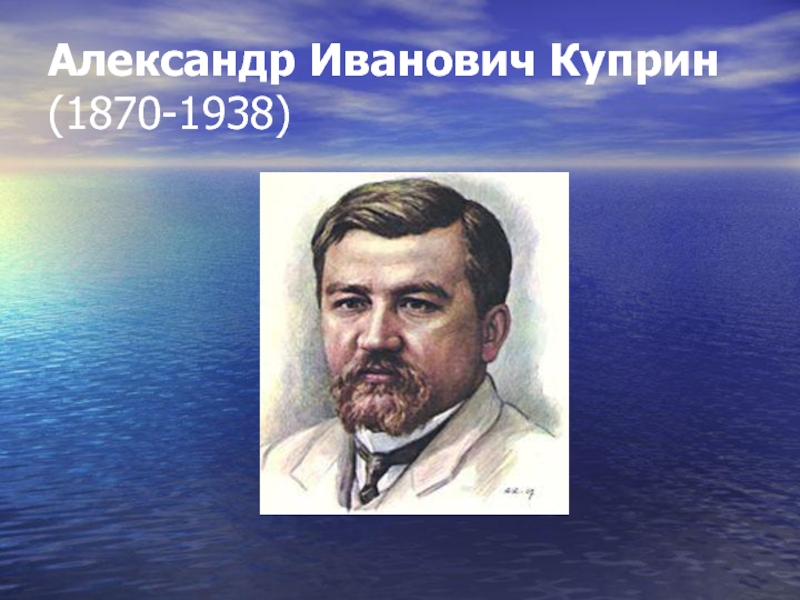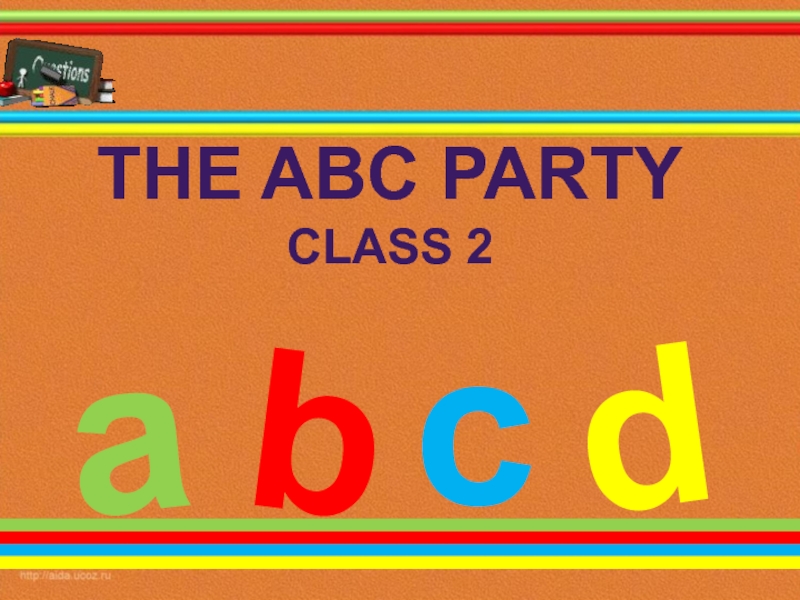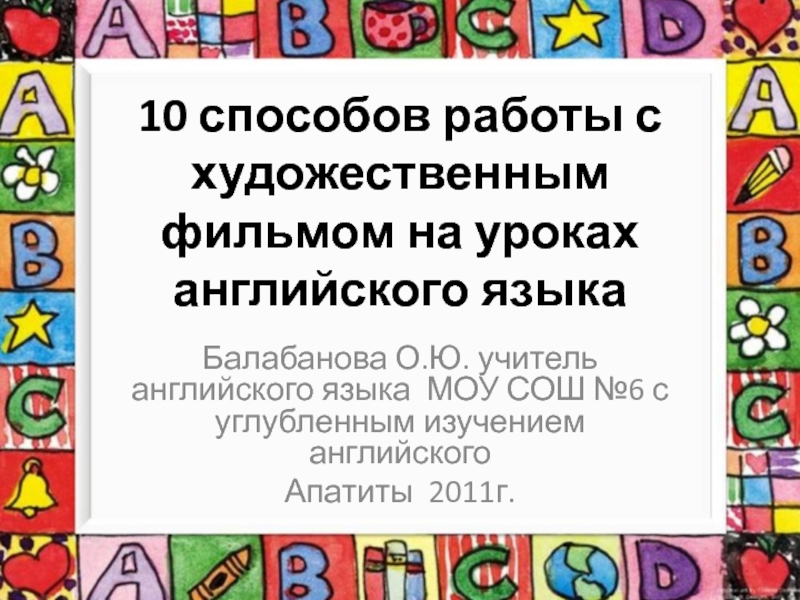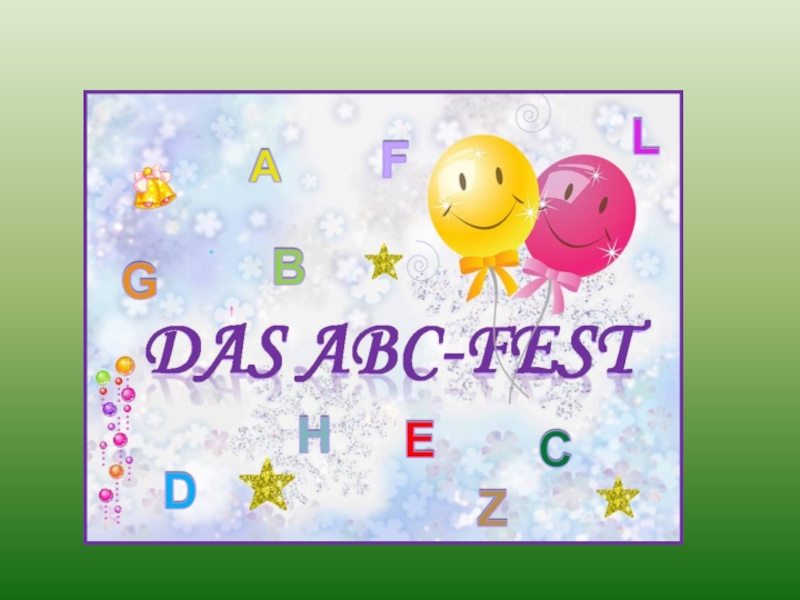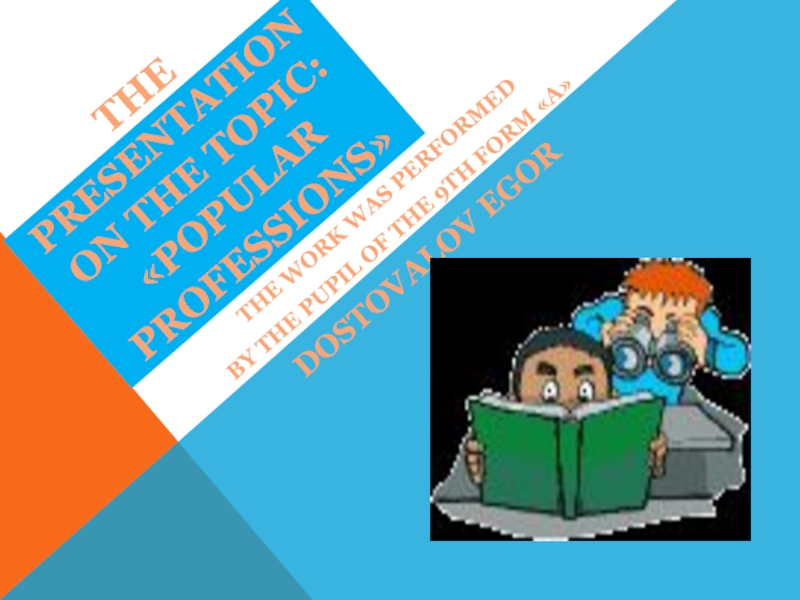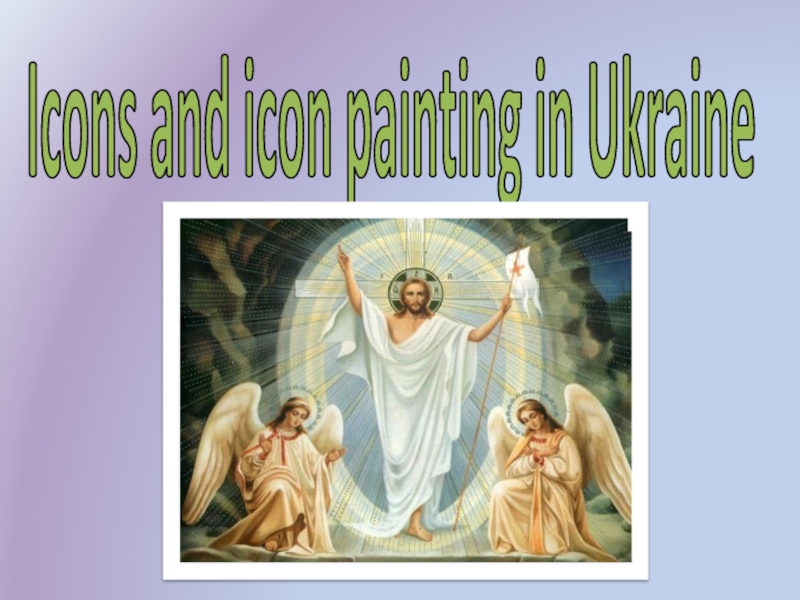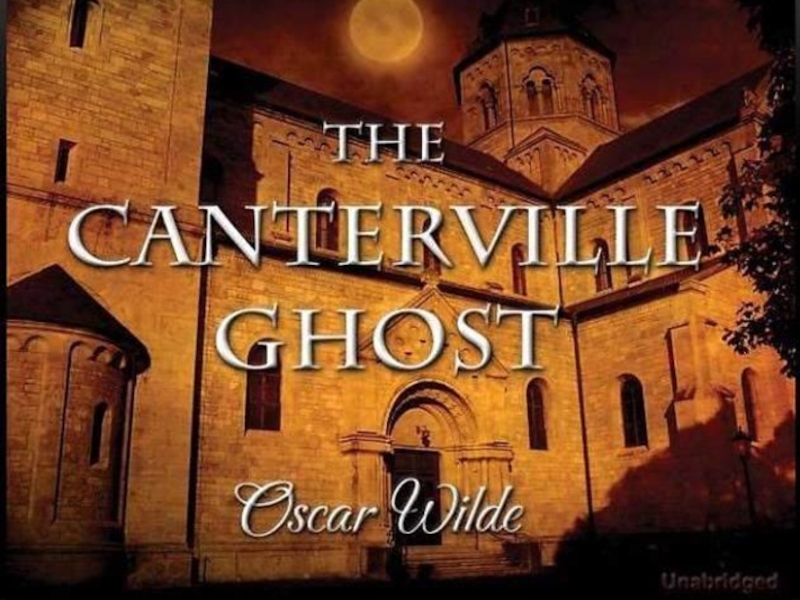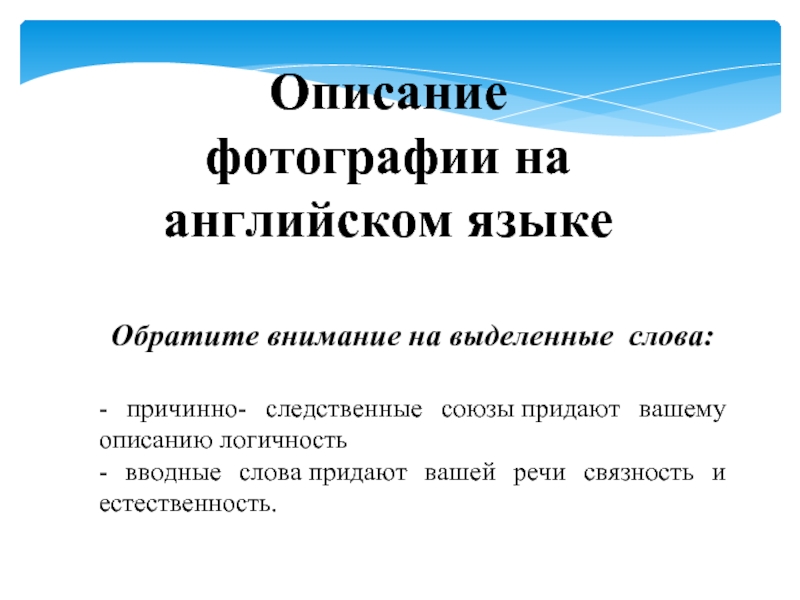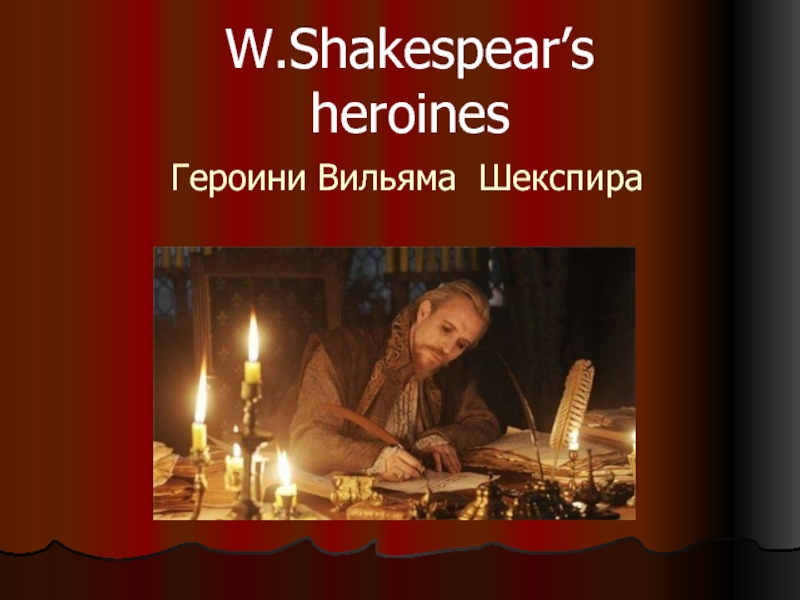Разделы презентаций
- Разное
- Английский язык
- Астрономия
- Алгебра
- Биология
- География
- Геометрия
- Детские презентации
- Информатика
- История
- Литература
- Математика
- Медицина
- Менеджмент
- Музыка
- МХК
- Немецкий язык
- ОБЖ
- Обществознание
- Окружающий мир
- Педагогика
- Русский язык
- Технология
- Физика
- Философия
- Химия
- Шаблоны, картинки для презентаций
- Экология
- Экономика
- Юриспруденция
Gilbert Keith Chesterton
Содержание
- 1. Gilbert Keith Chesterton
- 2. "Art, like morality, consists of drawing the line somewhere."
- 3. Gilbert Keith Chesterton, KC*SG (29 May 1874 –
- 4. Born in Campden Hill in Kensington, London,
- 5. Chesterton usually wore a cape and a
- 6. Chesterton loved to debate, often engaging in
- 7. Chesterton wrote around 80 books, several hundred
- 8. Like most of Chesterton's fiction, the story
- 9. Father Brown was the perfect vehicle for
- 10. "The people who are the most bigoted
- 11. Chesterton's writing has been seen by some
- 12. Слайд 12
- 13. Скачать презентанцию
"Art, like morality, consists of drawing the line somewhere."
Слайды и текст этой презентации
Слайд 4Born in Campden Hill in Kensington, London, Chesterton was educated
at St Paul's School. He attended the Slade School of
Art in order to become an illustrator and also took literature classes at University College London but did not complete a degree at either. In 1896 Chesterton began working for the London publisher Redway, and T. Fisher Unwin, where he remained until 1902. During this period he also undertook his first journalistic work as a freelance art and literary critic. In 1901 he married Frances Blogg, to whom he remained married for the rest of his life. In 1902 he was given a weekly opinion column in the Daily News, followed in 1905 by a weekly column in The Illustrated London News, for which he would continue to write for the next thirty years.Life
Слайд 5Chesterton usually wore a cape and a crumpled hat, with
a swordstick in hand, and a cigar hanging out of
his mouth. Chesterton had a tendency to forget where he was supposed to be going and miss the train that was supposed to take him there. Chesterton was a large man, standing 6 feet 4 inches (1.93 m) and weighing around 21 stone (130 kg; 290 lb). His girth gave rise to a famous anecdote. During World War I a lady in London asked why he was not 'out at the Front'; he replied, 'If you go round to the side, you will see that I am.'Слайд 6
Chesterton loved to debate, often engaging in friendly public disputes
with such men as George Bernard Shaw, H. G. Wells,
Bertrand Russell and Clarence Darrow. According to his autobiography, he and Shaw played cowboys in a silent movie that was never released.Chesterton died of congestive heart failure on the morning of 14 June 1936
Слайд 7Chesterton wrote around 80 books, several hundred poems, some 200
short stories, 4000 essays, and several plays. He was a
literary and social critic, historian, playwright, novelist, Catholic theologian and apologist, debater, and mystery writer. He was a columnist for the Daily News, the Illustrated London News, and his own paper, G. K.'s Weekly; he also wrote articles for the Encyclopedia Britannica, including the entry on Charles Dickens and part of the entry on Humour in the 14th edition (1929). His best-known character is the priest-detective Father Brown, who appeared only in short stories, while The Man Who Was Thursday The Napoleon of Notting Hill are arguably his best-known novels. He was a convinced Christian long before he was received into the Catholic Church, and Christian themes and symbolism appear in much of his writing. In the United States, his writings on distributism were popularized through The American Review, published by Seward Collins in New York.Writing
Слайд 8Like most of Chesterton's fiction, the story includes some Christian
allegory. Chesterton, a Protestant by this time (he joined the
Roman Catholic Church about 15 years later), suffered from a brief bout of depression during his college days, and claimed afterwards that he wrote this book as an unusual affirmation that goodness and right were at the heart of every aspect of the world.Слайд 9Father Brown was the perfect vehicle for conveying Chesterton's view
of the world and, of all of his characters, is
perhaps closest to Chesterton's own point of view, or at least the effect of his point of view. Father Brown solves his crimes through a strict reasoning process more concerned with spiritual and philosophic truths rather than scientific details, making him an almost equal counterbalance with Arthur Conan Doyle's Sherlock Holmes, whose stories Chesterton read and admired. However, the Father Brown series commenced before Chesterton's own conversion to Catholicism.Слайд 11Chesterton's writing has been seen by some analysts as combining
two earlier strands in English literature. Dickens' approach is one
of these. Another is represented by Oscar Wilde and George Bernard Shaw, whom Chesterton knew well: satirists and social commentators following in the tradition of Samuel Butler, vigorously wielding paradox as a weapon against complacent acceptance of the conventional view of things.Chesterton's style and thinking were all his own, however, and his conclusions were often opposed to those of Oscar Wilde and George Bernard Shaw.
